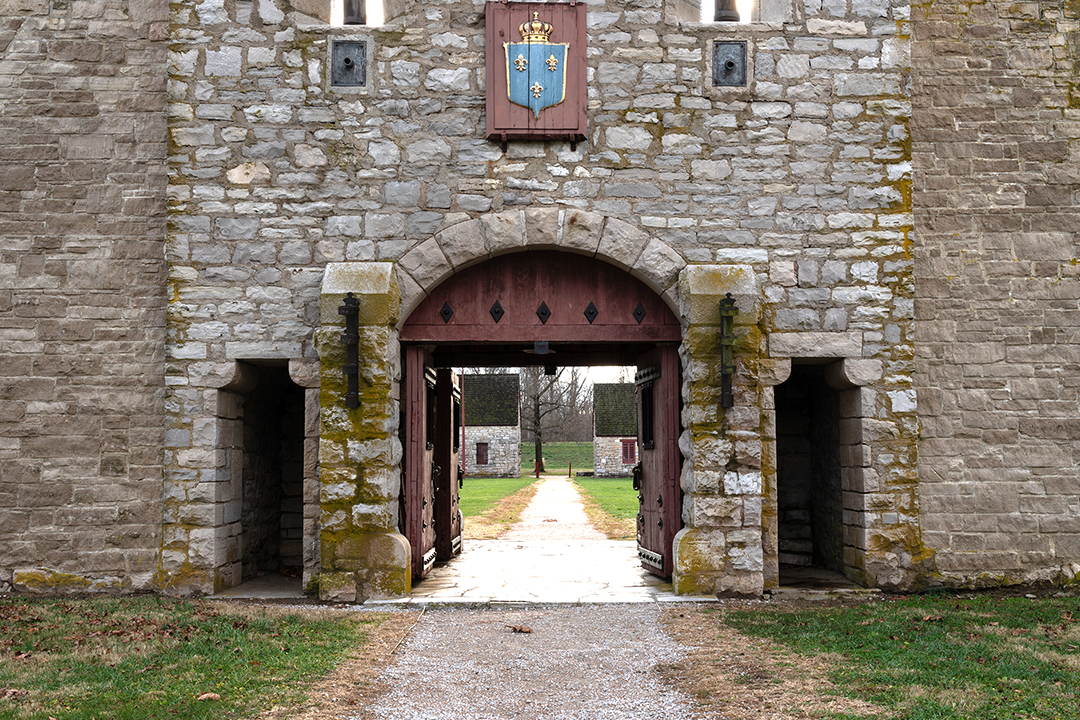



Begun in 1718 as a stronghold, curiously, against suspected Spanish aggression from the west, the original wooden French fort was finished in 1720. The only village in French Illinois Country founded specifically by government initiative, it was the center of government of Illinois throughout French and into English rule. By many accounts, the fort was reported at the time to be the most convenient and best-built stronghold in North America, with Beck Gazeteer adding: “It is unquestionably among the most astonishing works of art in our country.” In 1756 the wooden fort was replaced by a stone fort constructed from nearby limestone quarried from the bluff near the present-day operation just north of Prairie du Rocher. The great freshet of 1772, in which the entire American Bottom was inundated, substantially washed away many walls and bastions of the fort; after subsequent occupation by what was to become US infantry, the operations of the fort were removed to the site of Fort Kaskaskia further up the bluff line.
Current-day reconstructions are primarily a result of Works Progress Administration-era efforts—through which federal workers rebuilt the gate and the two primary stone buildings atop the foundations of the original stone fortress. The stone magazine of the original fort is the only remaining aboveground structure and, despite substantial reconstruction, considered the oldest building in the state of Illinois. The walls of the fort were reconstructed in 1989. But even these modern fortifications could not hold the Mississippi at bay—the 1993 floodwaters overtopped the surrounding levees and, at 15 feet, rose above the fort’s walls.
Notably, but not so visibly, in the vicinity of the Fort are the remains of numerous eighteenth-century Native American villages—including the Waterman site and the Kolmer site (just up the levee road from the fort)—occupying an area that was once the Michigamea Indian reserve, one of the earliest Indian reservations in the United States.